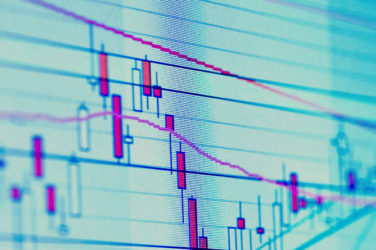Why investment managers need to take a more in-depth look at “last look”
By Vikas Srivastava, Chief Revenue Officer at Integral

Vikas Srivastava, Integral
When one of the world’s largest investment trade bodies publishes a white paper on Last Look within Foreign Exchange (FX) markets, we should all pay attention. The FX Global Code defines Last Look as “a practice utilised in Electronic Trading Activities whereby a Market Participant receiving a trade request has a final opportunity to accept or reject the request against its quoted price”. Last Look is no doubt a topic that invites debate, and in fact, the IA even begins their letter by acknowledging that the application of Last Look can have legitimate purposes for the protection of liquidity providers, including reasons such as credit breach, tolerance for market movement, or technical issues such as latency.
The IA’s letter, published late last month, is interesting because of its focus on increasing transparency around Last Look application, rather than doing away with it altogether. Greater transparency is an excellent and pragmatic way to tackle the Last Look issue head-on.
In the age of big data, the ability to collect a huge amount of data and draw actionable insight is a golden opportunity that market participants should begin to take advantage of. In fact, fund managers are already beginning to do so. The rise of transaction cost analysis (TCA) is a case in point. We now live in an era where achieving best-execution and proving it via TCA are not just bumper-stickers or box-ticking exercises, but in fact, the raison d’être for the modern trading desk.
The IA’s letter is a timely reminder that data is not just about TCA, but also about the quality of one’s interactions with liquidity providers. Indeed, the IA includes a rather well thought list of new data parameters for this very purpose. It is certainly the case that such granular information helps identify anomalies, ultimately leading to an improved trading experience for both sides.
However, as we continue debating Last Look as a practice it’s quite important to take a step back to remember the overarching goal of fund managers – delivering the highest returns to their investors, i.e., best execution. And these days, best execution may not necessarily be achieved through the standard Request for Quote (RFQ) approach.
Indeed, we now understand that the value add of a trading desk encompasses every step of the trading workflow, including reducing market impact and information leakage. Fund managers require an approach to FX execution management that enables them to navigate different types of microstructures and liquidity pools. “Neutral” technology providing advanced netting, aggregated liquidity, and algorithmic execution is fast becoming a must-have rather than a nice-to-have.
Regardless of how the current debate on last look ends up, attention needs to turn towards adopting the right technology that helps investment managers meet their overall aim – delivering the best possible investment outcome to their investors.






